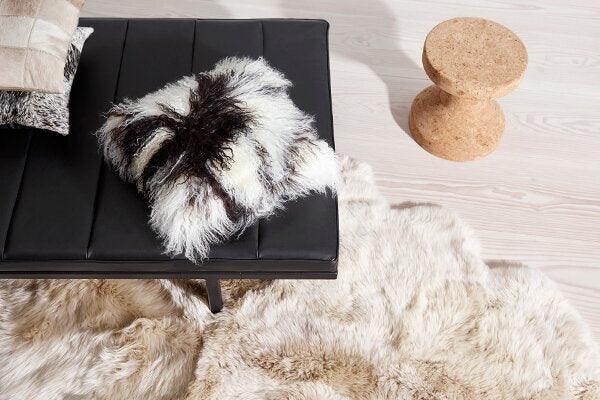
Fur dictionary
Sheepskin
Sheepskin in general is a very popular product. The sheepskins are produced in large quantities, but the sheep are never bred for this purpose. The sheep are instead bred for their meat, and we then use the skin for our products. This makes sheepskin a sustainable material because it is a by-product to the meat industry. When the animal is handled, the skin is taken and processed, so it achieves a proper surface on the skin side and a soft wool and fur. This ultimately gives us the popular silky soft sheepskin, that are used for many purposes.
Icelandic Sheepskin
The Icelandic sheepskin is both very practical and beautiful. It is a natural product and the texture of the wool is adapted to the Icelandic climate. This guarantees you a unique skin of high quality. The Icelandic sheep lives free in nature and the long fur is typically 15 cm long and protects their skin from humidity, while the inner, short fur keeps the sheep warm. Icelandic sheepskin is white by nature which makes it ideal for colouring. This is why Icelandic sheepskin is available in so many colours.
Longwool – the hairs are long and slim, and the skin is very hard-wearing, so it can be used both inside and outside. The Icelandic sheepskin is known for its long and soft wool, that can be up to 20 cm long. This length gives the sheepskin a very rustic and natural look, that reminds us of the Icelandic climate with strong wind, rain, snow and hail.
Shortwool – the short wool sheepskin from Iceland has a Nordic and raw look while it is silky soft and has a lot of curls.
Tibetan Sheepskin
The Tibetan sheepskin has the characteristic silky soft look. It is known for the long, slight curly and very soft wool. The skin is of very high quality because of its soft wool and the small curls. The skin is easy to maintain and if you make sure to maintain it occasionally, you are guaranteed a skin that can last a lifetime. The long and silky wool creates a changing look depending on light, shadows and where see it from. It is also easily recognized by its ‘fluffy’ look.
New Zealand Sheepskin
The most popular sheepskin comes from New Zealand. There are an incredible number of sheep in New Zealand. It is in fact said, that there are approximately 10 times as many sheep as there are people. These many sheep are being bred for their meat, which makes the skin a by-product to the meat industry. This also makes the skin a sustainable product.
Shortwool – the shortwool sheepskin from New Zealand in known for its dense and slightly curled wool. It does not curl up as much as the Gotlandic sheepskin. You can feel the quality in the short and curly wool. This amazing feel occur, when the wool is cut. The short length on the hairs makes the skin very resistant towards filth. It is easy to keep clean and wipe off, because the fur is too short for the filth to get stuck in it.
Longwool – the longwool sheepskin from New Zealand is known for the strong wool, that has a great carrying capacity and a uniformity in the hair length. The skin has a natural shine and is offered in many different colours, so you can find the exact sheepskin that suits your home. It is very easy to maintain a longwool sheepskin. If you make sure to maintain it occasionally, you will have a skin that can last a lifetime.
Place this sheepskin over a chair to add a natural look.
Gotlandic Sheepskin
The Gotlandic sheepskin is originally from Gotland, but today the Gotlandic sheep lives in Sweden, Denmark, England and the Netherlands. The Gotlandic sheep are very popular, but it is never bred for its skin. Gotlandic sheepskin is on the other hand a by-product to meat production. You can feel the quality in the short and curly but hard-wearing wool. The Gotlandic sheepskin has some very beautiful natural curls while the wool is relatively thin, which gives the skin a slim look. The skin is also known for its unique natural grey colour. Grey is very rare in nature which is why the Gotlandic sheep are so popular. The short length on the hairs make the skin resistant towards filth. The skin is easy to keep clean because the short hairs make it difficult for the wool to pick up filth. The skin is very hard-wearing and can be used every day both inside and outside. The Gotlandic sheepskin has a unique natural colour, which is why they are never coloured. This also means, that no Gotlandic sheepskin look alike.
Austrian Sheepskin
The Austrian sheepskin from the Austrian Alpes is known for its beautiful but strong curls. The Austrian sheepskin is a lot thicker than other sheepskin because of the string and knobby wool that curls up a lot. This sheepskin is specially picked because if great quality and beautiful natural colour. The Austrian sheep lives in valleys and on mountains. The shepherds are skilled farmers and has evolved these unique sheepskins through centuries. Since the sheep lives freely in a twisting climate, the wool has to endure a lot of rain, hail and snow. This is why the wool is so dense and curly. The Austrian sheepskin are byproducts to the meat industry, and this makes them very sustainable. Both their patterns and nuances are created by nature and the curls are a bit rougher than the once you see on a Tibetan sheepskin. The colour on Austrian sheepskin will have a yellow tone, because the sheep lives in rain, which means that the sheepskin is discolored over time. This does have a certain charm.
English sheepskin
The English sheepskin has a dense and soft coat. The hairs are very thin, which makes the wool soft. The skin regulates the temperature and can be used all year around. The English sheepskin comes from England and the natural white colour and the soft wool is a result of the sheep’s living conditions in the English climate. The very mild weather in England makes the hair naturally straight and they are normally in a light or brown colour. The English sheepskin are soft and breathable. They can be used many places in you home as decoration and they are extremely popular among mothers, because it is ideal for strollers and prams. The English sheepskin is a byproduct to the English meat industry which makes it a sustainable product. The skin should be brushed and shaken regularly, so it stays soft and so the hairs won’t tangle up. Spots and stains can be removed simply by using a wet cloth.
Rabbit fur
Rabbit fur is both a long protective fur and a fine isolating underlayer of fur. Rabbit fur is a very soft material and is used for smaller products like accessories, scarfs and ponchos. Rabbit fur has a tendency to shed which is why you need to shake it once in a while. Rabbit is a natural product and every rabbit skin has its own features. We get our rabbit fur from Spain, where rabbit is a common type of food. The rabbit skin we use is therefore a byproduct to the meat industry in Spain.
Zebra skin
Zebra skin is a very beautiful skin and every hide has its own features. The zebra skin we have are from the specie Burchell’s Zebra. This is the only kind of zebra that is allowed in trade. The skin comes from South- and East Africa and is known for its white fur with black stripes. The zebra skin is a byproduct to the meat industry in Africa, because in Africa they eat the meat, that is available to them. This also means, that even though the skin is of high quality, you cannot be sure that there won’t be any holes in it, because the ones who are handling the animals in Africa are not professionals.
Goatskin
Most goatskin are white or brown and has different nuances and spots. The goatskin is very hard-wearing and only needs a minimum of care.
Longwool – the longwool goatskin has a thin fur which gives it a lovely shade, while it is also shiny.
Shortwool – the shortwool goatskin is a very beautiful and natural skin that often has a black stripe down the back.
Reindeer hide
Reindeer hide has a strong fur and a warm and isolating effect. This is because the hairs have air pockets inside them, that regulate the heat. In spite of the raw surface, the fur is soft and comfortable to touch. We highly recommend you use the hide only as decoration. The hairs are very vulnerable, because they can easily fall off. When a reindeer hide is brought into a warm room, the air inside the hairs make them expand and eventually they will break. This is why you should not use the hide as a seat cover or anything like it. The reindeer hide has a raw look because the hairs seem strong and often has a grey or brown colour. This also makes the hide very natural in its colours. The hide is often used as decoration because of its beautiful Nordic look that spreads comfy and warmth, while it is of a high quality that you can most definitely feel.
Brazilian cowhide
Beef is one of the most exported goods from Brazil and this means, that there will always be byproducts left from the production, like cow hide. The biggest byproduct from this production is leather. Leather is treated in many different ways. In the process you select the most beautiful skins, that can be used as big cow hides for the floor. The climate in Brazil gives the hide some lovely nuances. The hair length and density of the hide is also affected by the climate. The most beautiful cow hides are those where the hairs are short, sparkly and dense. These hides have a high quality and are hard to wear out. The cow hides from brazil are very smooth because of their short hairs, that follows one direction. It is very easy to feel it with your hands. The hide is also very hard-wearing and only need maintenance rarely. The underside of leather is a bit rough, which makes the hide perfect for the floor, because it does not slide anywhere.
Calf leather
Calf leather comes from south America and has a very high quality and durability and softness. The leather is also impregnated and very hard-wearing when it comes to spots and stains. If you are unlucky and you spill on the leather, it simply has to be wiped clean and that’s it.
Merino wool
Merino wool is natural wool that comes from the merino sheep. The sheep originally comes from north Africa. Today the merino sheep lives primarily in Australia and New Zealand. Compared to the wool we know; merino wool is much more soft and thinner. It regulates temperature and still has a heating effect when it gets wet. Merino wool does not absorb sweat, because the wool is resistant towards microbial growth naturally. Wool is also able to absorb up to 35 % of its own weight without feeling wet. The keratin in the merino fiber makes the wool flame retardant, so it won’t melt or burn easily.
Alpaca wool
The alpaca wool comes from the alpacas who have a very thick and soft wool. The alpacas live in the Andes in a very cold climate and this has made their wool very warm. Alpaca wool is known as the softest and most exclusive of all kinds of wool. When you touch it, you can easily feel the quality and softness. The alpaca wool is also water resistant.



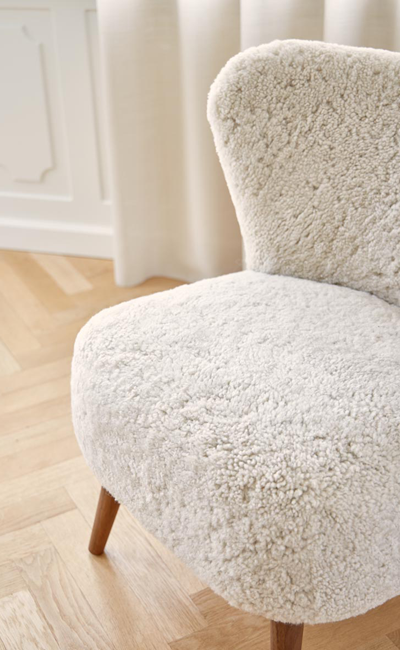
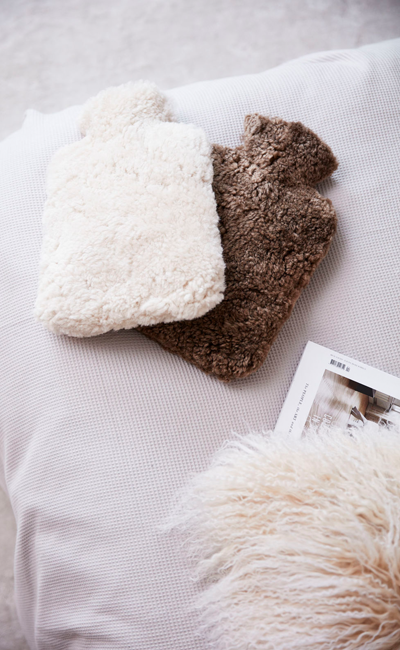
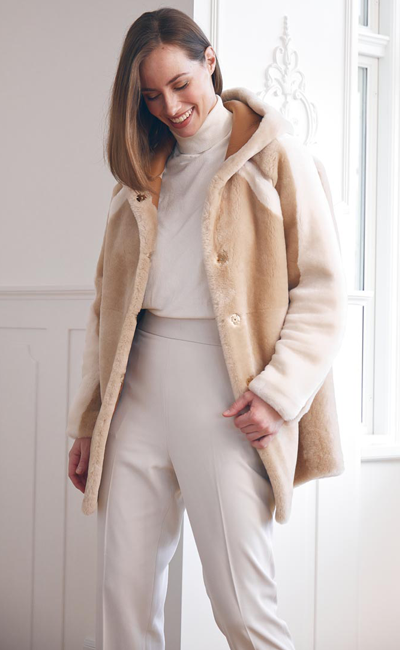
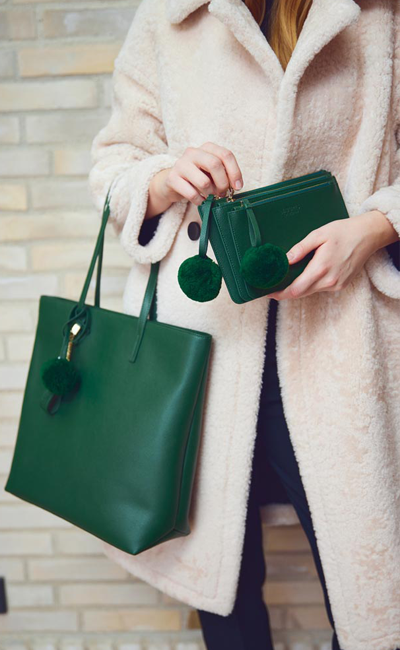
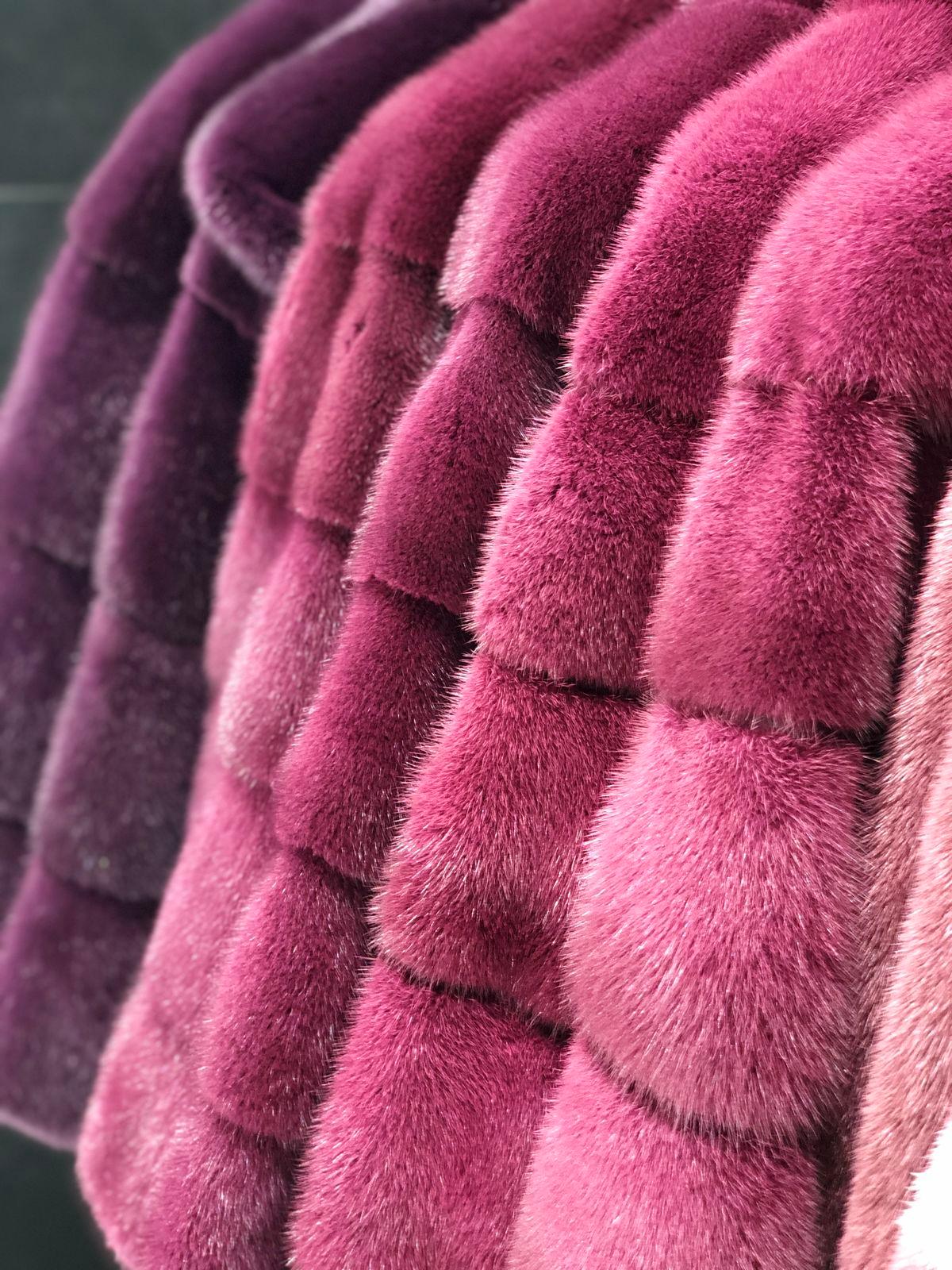
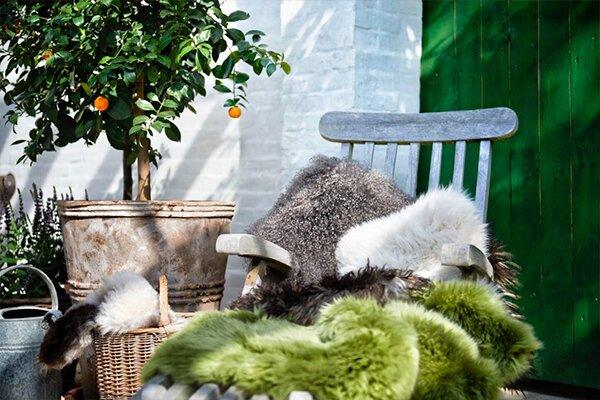
Leave a comment
This site is protected by reCAPTCHA and the Google Privacy Policy and Terms of Service apply.